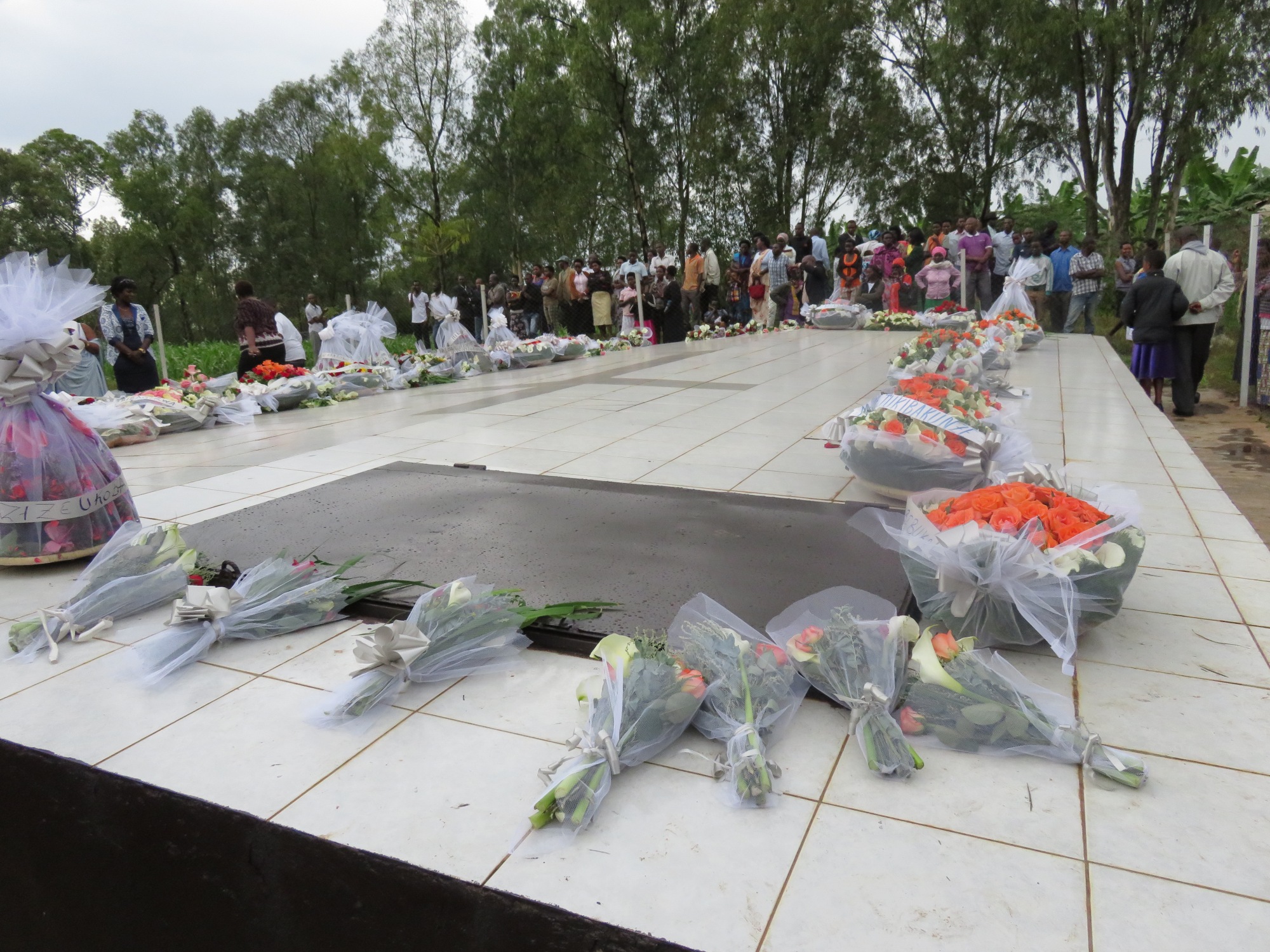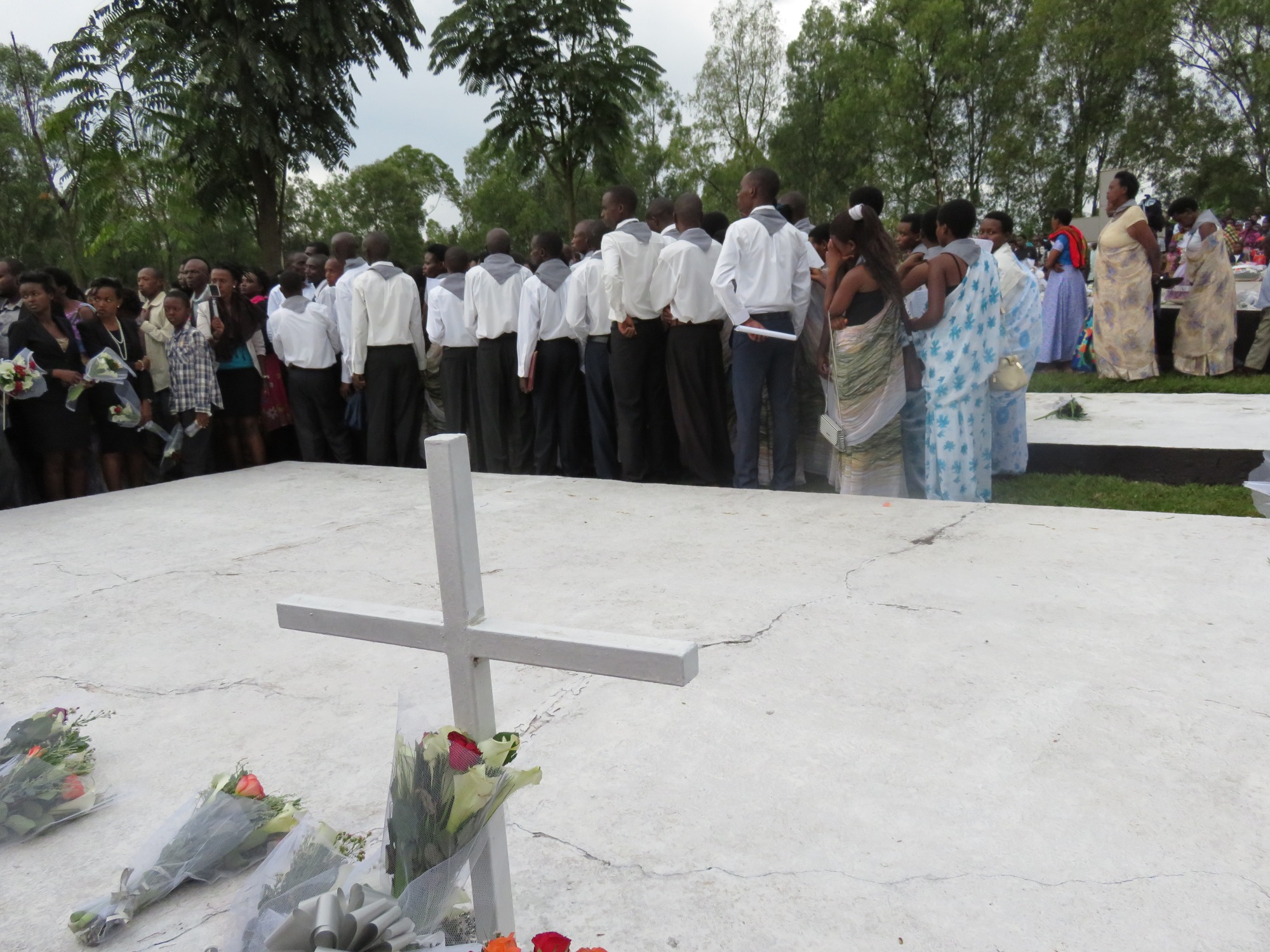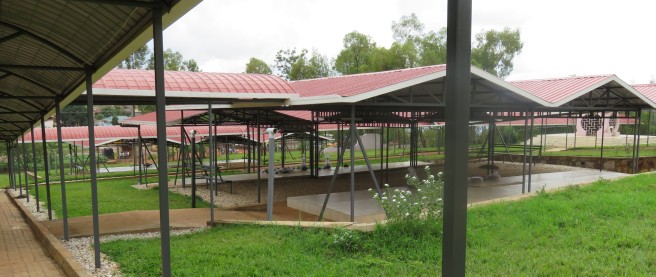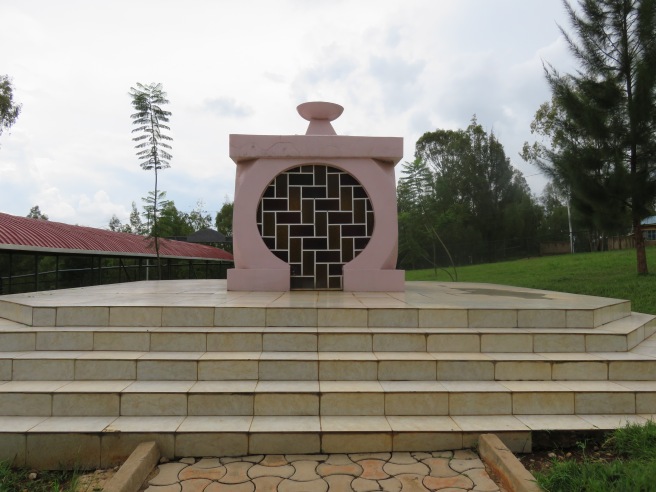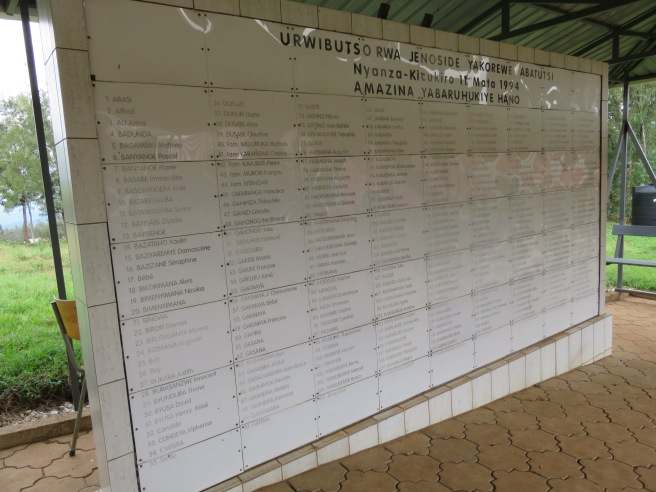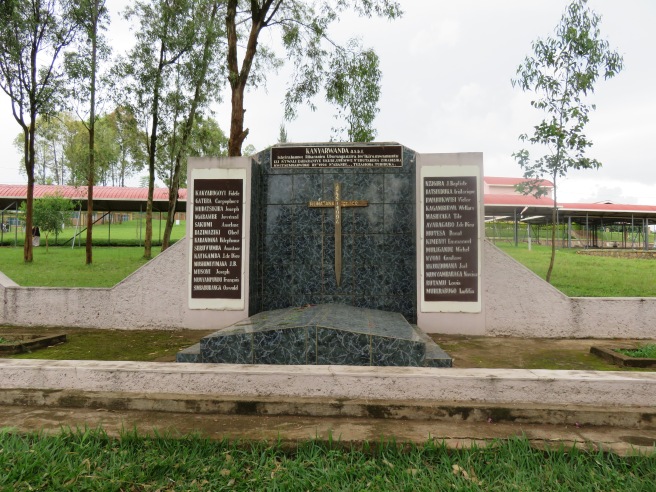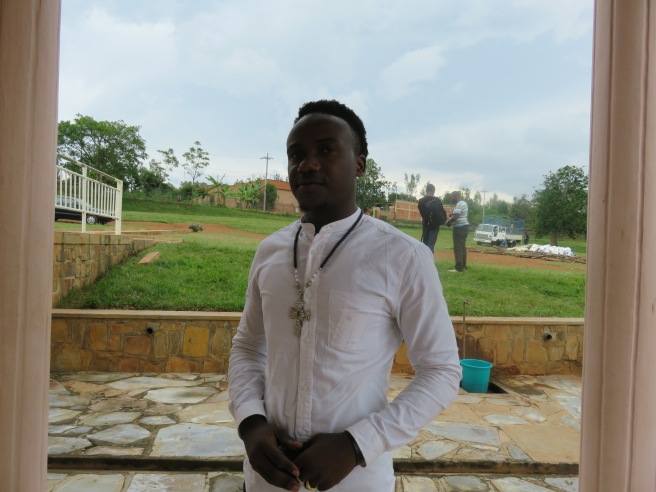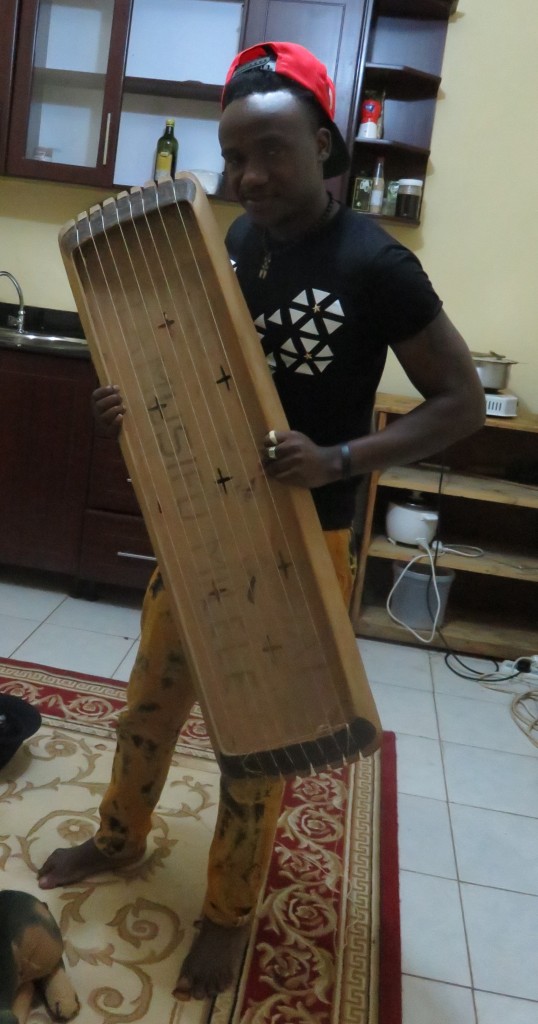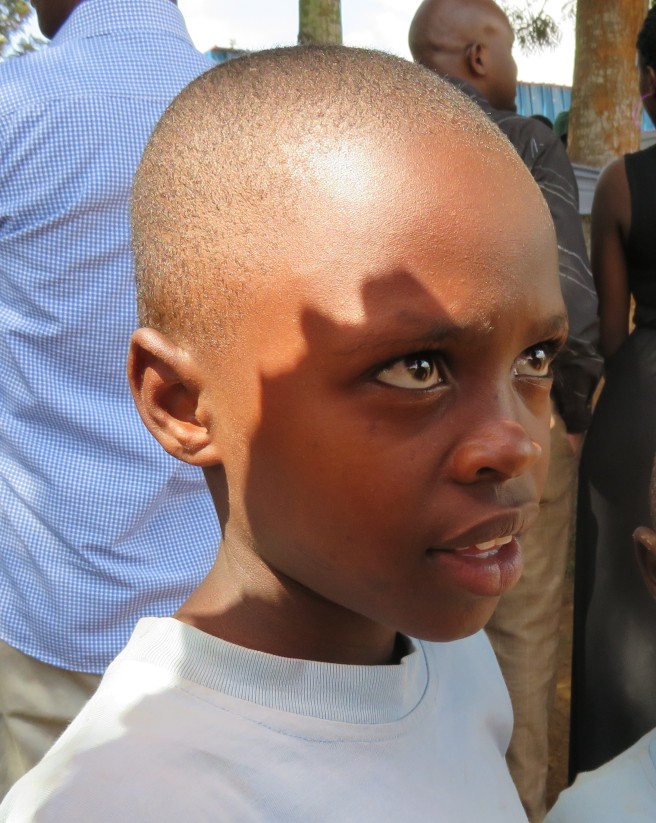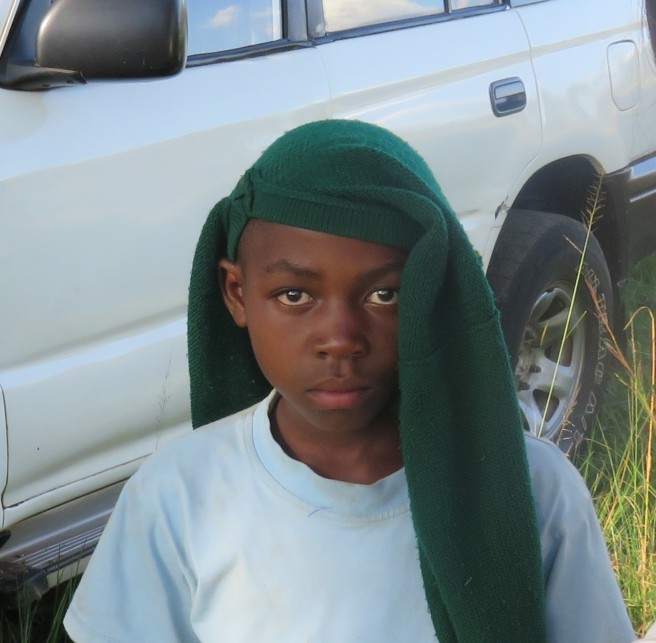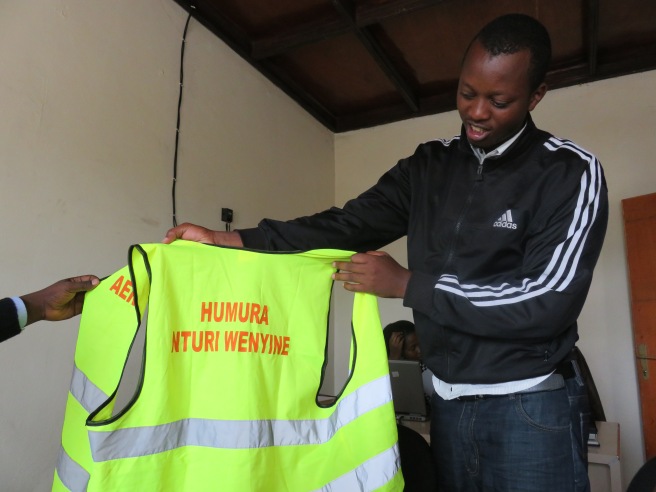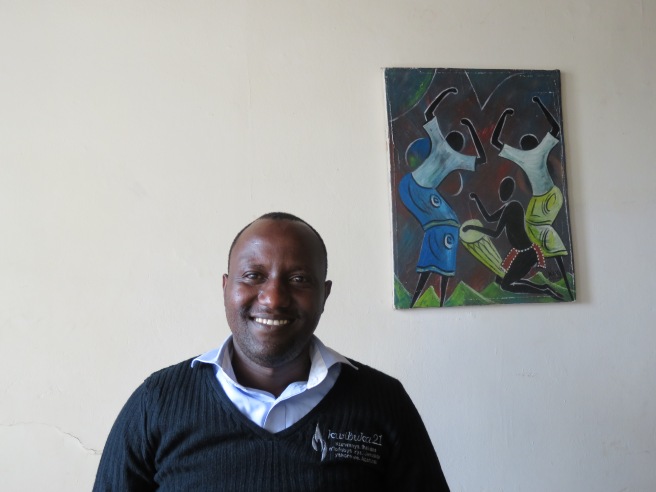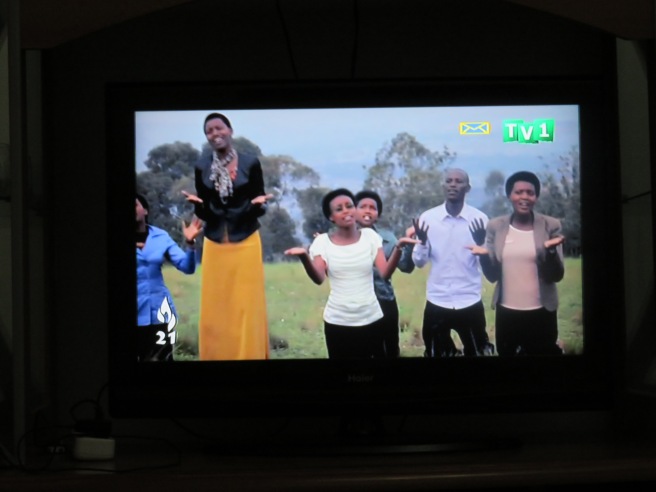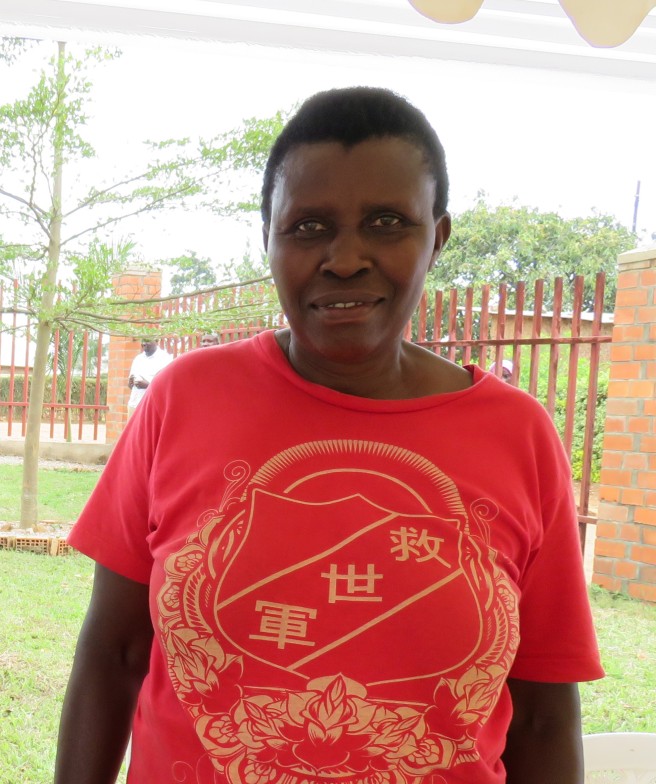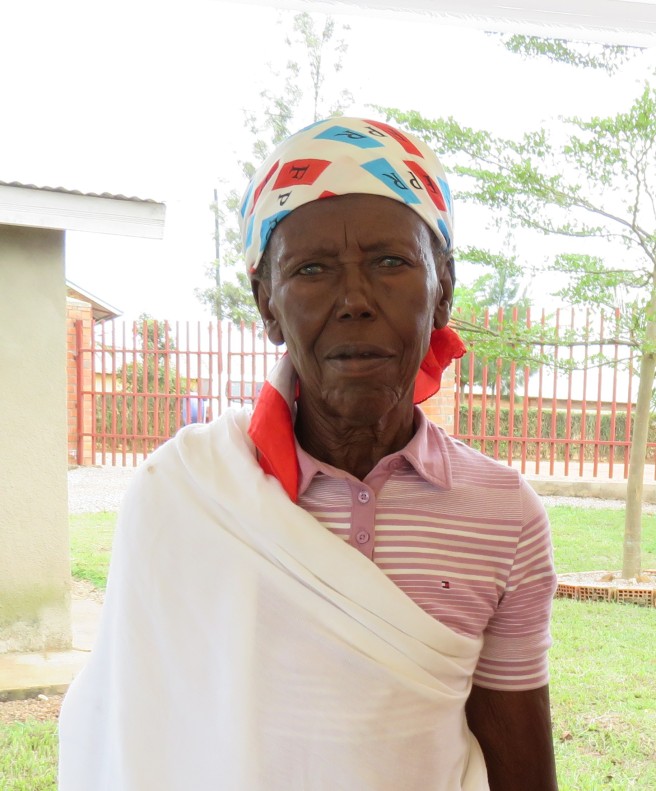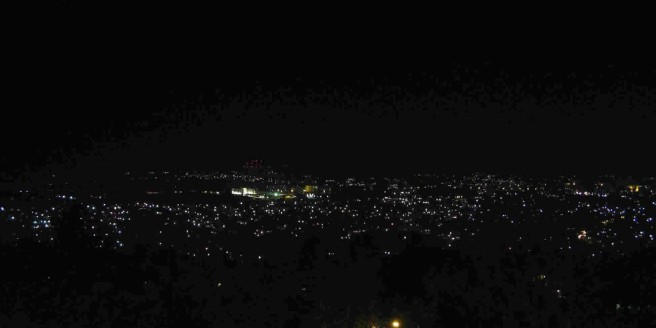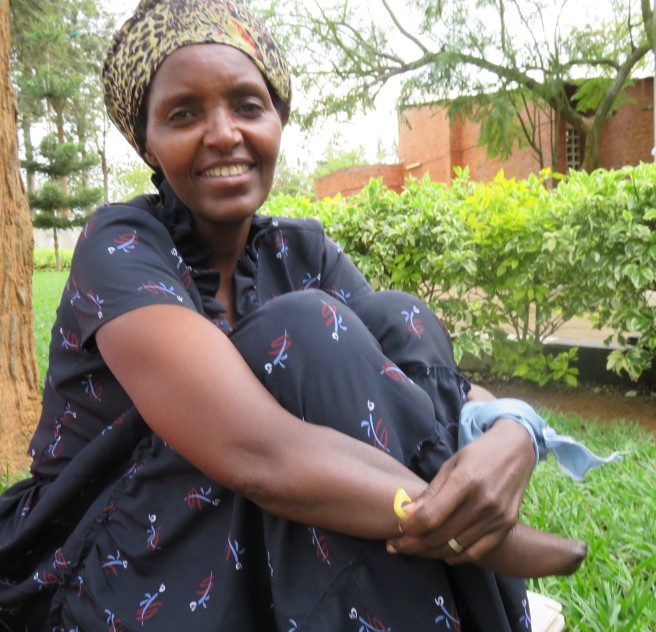She was only three when genocide happened. She says she does not remember anything about the genocide, but the influence of the genocide on her life was tremendous. She had 6 brothers, but only she and one of the brothers survived. Her parents were also killed. 大虐殺が行われた時、ムジェンニはたった3歳でし た。彼女は当時の事を何も覚えていないといいます が、大虐殺が彼女に与えている影響はとても大きい です。彼女は6人の兄がいましたが、両親も殺され、 生き残ったのは彼女と1人の兄だけでした。
She fled to a church in Kayonza district from her house with her family when they came to know Tutsis were killed by the government soldiers and militias who were extremist Hutu. They came to the church on 11th of April in 1994, and killers started killing at midnight around 3 am on the next day. フツ族過激派によるツチ族殺害が頻発しているとい う情報を得て、彼女の家族はルワンダの東にあるカ ヨンザ地区の教会に避難しました。1994年4月11日 に教会にたどり着き、その次の日の午前3時頃から虐 殺が開始されたといいます。
Killers had the list of Tutsi people, and let Hutus leave from the church first. Priests refused to leave Tutsis in the hand of Hutus. A priest Jean Bosco who was a Hutu and tried to protect Tutsis was shot and sliced by the extremist Hutu. 大虐殺実行犯は、ツチ族のリストを持っていたた め、まず教会からフツ族去るように言ったようで す。牧師達はツチ族の人々をフツ族過激派の手に委 ねるのを拒みました。ジーン・ボスコという牧師は フツ族の人間だったのですが、ツチ族の人々の命を 守ろうとしたため、同じフツ族の過激派に銃で打た れ、その上切り刻まれて殺されたそうです。
A father’s name was called by Hutu extremist one by one, and his family had to go with him to be killed. Before people were killed, they were forced to give away money and usually physically violated such as kicked and hacked by machete. フツ族過激派は順々に父親たちの名前を呼び、その 家族も共に人々の前で殺したといいます。殺す前、 フツ族過激派はお金が全て手渡させ、また蹴ったり 伝統的な武器で暴力を振るってから殺しました。
It is said that her father was forced to remove his clothes and killed naked. Many of people were humiliated before being killed. ムジェンニの父親は殺される前に服を全て脱がさ れ、裸で殺されました。多くのひとが、殺される前 そのように辱められたそうです。
Mugeni survived because she was hiding in the back of the church with her aunt apart from her own family. Her brother survived because he managed to hide himself among Hutu children. ムジェンニは叔母と一緒に教会の奥の方に隠れてい たのでどうにか見つからず殺されずにすんだらしい です。もう1人の生き残った彼女の兄は、フツ族の 子供達に紛れ込んで身を隠したそうです。
After a few days of the mass killing, RPF soldiers came and she was taken to their camp. Her brother was taken with other Hutus to flee from Rwanda to neighboring countries such as Congo by the extremist Hutu militia, but he repatriated some time later somehow. Three of Mugeni, her brother, and their aunt were reunited and started making life together. 大虐殺が行われた数日後、ルワンダ愛国戦線が助け に来て、ムジェンニ達は彼らのキャンプに連れて行 かれ助かったそうです。彼女の兄は他のフツ族と一 緒に過激派にコンゴなどの隣国にルワンダ愛国戦線 から逃れるため連れて行かれたらしいですが、数ヶ 月後、そこから逃れて帰国し、ムジェンニと叔母に 再会し、3人で暮らしを立て直し始めました。
